German-Isreali cooperation on civil security research projects
The great potential of our civil security research activities can only unfold fully if we work with our neighbours in Europe and partners across the globe. The aim of the bilateral call for proposals for German-Israeli projects is to improve security for the people of both countries, accelerate innovation processes (with the added benefit of promoting success on international markets) and to learn from one another. Together with the Israeli Ministry of Science, Technology and Space (MOST) and the Israeli Ministry of Economy and Industry (MOITAL), the BMBF published a call for proposals for civil security research cooperation between German and Israeli research centres, innovative companies and end users for the period October 2008 to March 2009.

Completed joint projects:
ACCIS: Automatic Cargo Container Inspection System
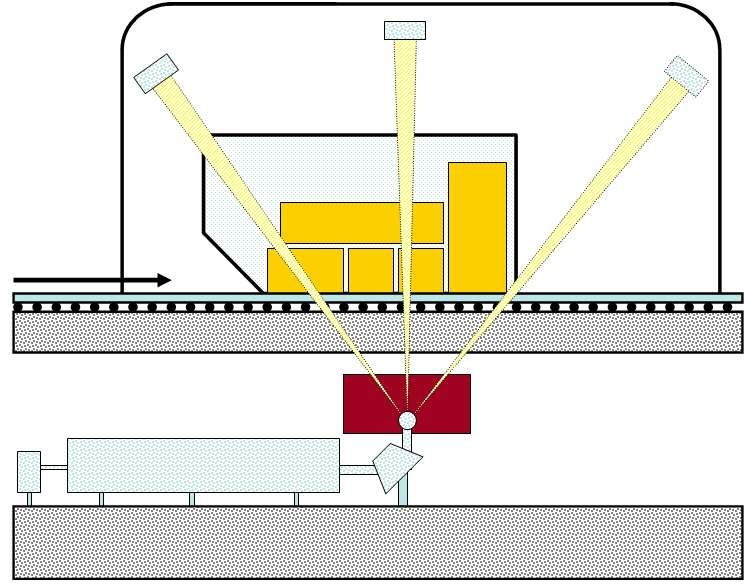
Funding codes 13N11154 to 13N11158
The ability to detect hazardous substances, such as explosives or nuclear matter, in cargo is becoming increasingly important. In view of this need, the ACCIS joint project set out to build a demonstration system for automatic detection of explosives and radioactive material in medium-sized cargo shipments, e.g. aircraft containers. The team also conducted research on how such technologies could be used at airports or border checkpoints. Their work was instrumental in creating rapid, fully automated inspection systems that will enable reliable, accurate detection of explosive and radioactive substances in cargo.
More information (only available in German)
BEPE: Web-based tool for evaluating hospitals' biohazard preparedness
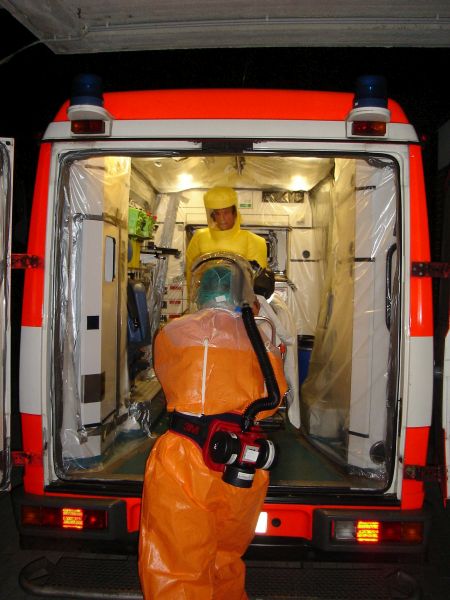
Funding codes 13N11046 to 13N11049
More and more people travel around the globe but sometimes they bring back with them more than just the memories of what they have seen. These undesired souvenirs can include extremely dangerous pathogens such as SARS, Lassa fever or H7N9 (avian influenza). The partners in the German-Israeli research project BEPE assessed the preparedness of German and Israeli healthcare institutions for these types of contagious, dangerous disease. The project produced a software tool to support comprehensive quality management in hospitals. The tool will enable these highly contagious diseases to be detected more quickly in future and patients to receive better care more swiftly.
More information (only available in German)
EMSIN: Electromagnetic protection of transport infrastructures

Funding codes 13N10404 to 13N10408
Critical infrastructure sites, such as airports, are dependent on their communication systems and IT networks being in full working order. Even small faults in single components can have disastrous consequences. The EMSIN project therefore set out to improve protection of critical transport infrastructures against such electromagnetic interference. To do this, the team set up an electronic test network and performed tests to determine how electromagnetic interference influenced electronic components. In addition to this technical work, the research looked at organisational structures, the legal situation and society’s expectations vis-à-vis the proposed solutions.
More information (only available in German)
ESR: System trust and crisis management: an interactive expert exchange system for strengthening societal resilience
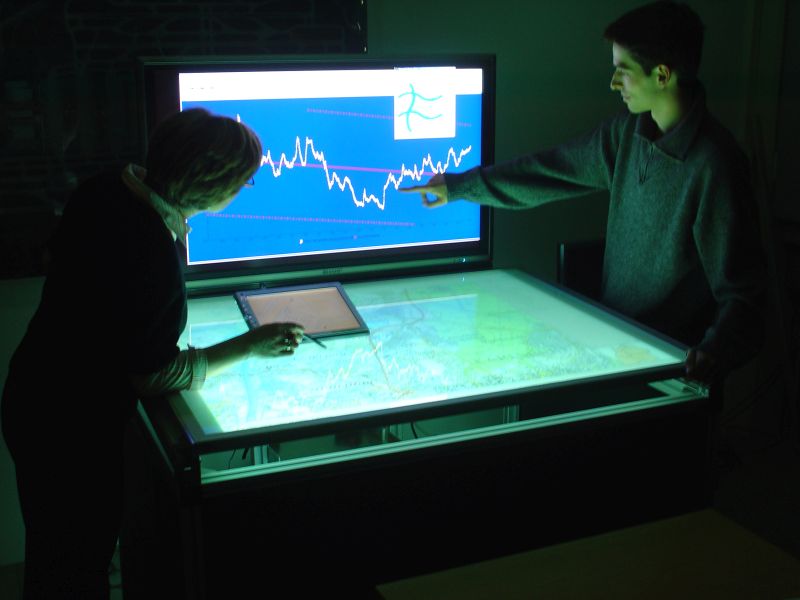
Funding code 13N10409
Well-prepared, resilient societies are able to minimise direct impacts – and long-term impacts – of major incidents and to overcome crises as quickly as possible. Crisis resilience shows how societies handle risks and emergencies. The objective behind the German-Israeli project ESR was to analyse the crisis resilience of German and Israeli society and to promote exchange between experts representing all stakeholder groups. The intention was to create an expert system, based on an information platform, to enable experts to network and share knowledge.
ESR project outline (pdf) (only available in German)
IRLSENS: Infrared, laser-based, fibre-optic sensor system for monitoring drinking water

Funding codes 13N11033 to 13N11035
Drinking water is one of those elements of our daily lives for which nothing but the best quality will do. The IRLSENS project therefore aimed to develop an innovative measuring system that could detect, in particular, pesticides such as insecticides or chlorinated hydrocarbons (such as chloroform) in a matter of seconds and alert supply network operators even faster than currently possible. The new system combines innovations in laser-based and fibre-based infrared analysis to create a powerful measuring system that offers the advantage of rapid analysis, automation and ability to focus on one group of substances.
More information (only available in German)
LiveDetect3D: Detection of hidden threats by means of real-time 3D imaging
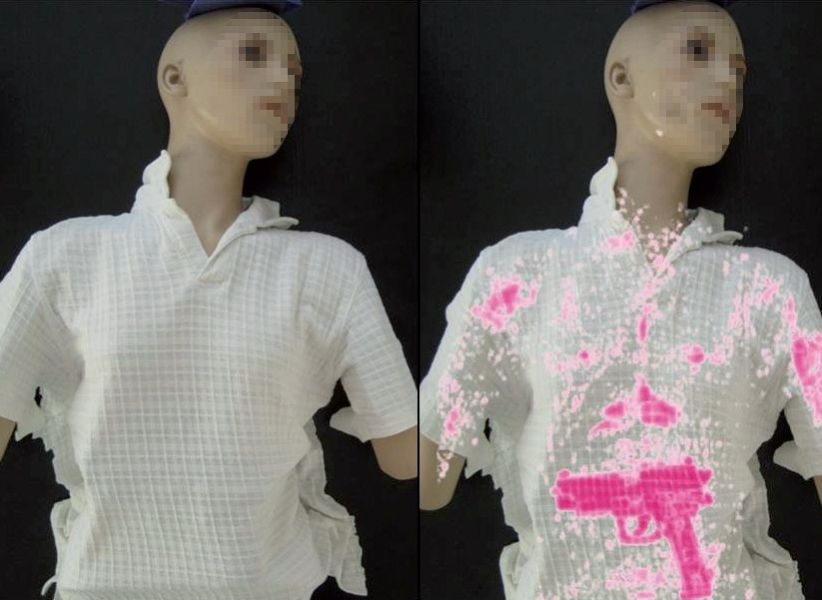
Funding codes 13N11000 to 13N11003
Access controls at critical infrastructure sites, such as airports and stations, are essential to safe travel. The objective behind the LiveDetect3D project was to devise a solution that combines a terahertz imaging system with an optical 3D camera to screen people for concealed dangerous items from a distance. The intention was to do this without producing detailed body images or violating personal rights. The technological research was accompanied by an ethical assessment and social analysis with the aim of excluding any solutions that might be problematic in terms of data protection or ethics.
More information (only available in German)
RETISS: Real Time Security Management System for infrastructures on German and Israeli roads
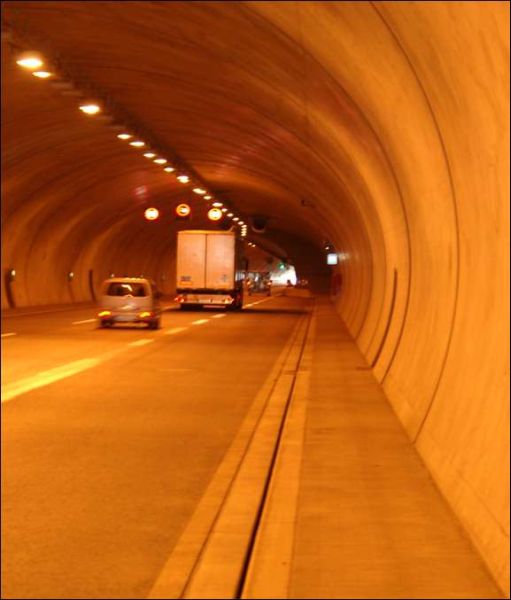
Funding codes 13N11023 to 13N11025
Tunnels and bridges are key elements of the road network. In the event of an infrastructure failure, their bottleneck effect can have far-reaching repercussions with cascade effects for road users and industry. The RETISS project designed new detection systems for a German structure and an Israeli structure, installed them and tested them in real conditions. The current safety situation was determined and visualised in real time in the tunnel management centre, using a new IT system being developed on the project, thus enabling immediate action to be taken in the event of danger.
More information (only available in German)